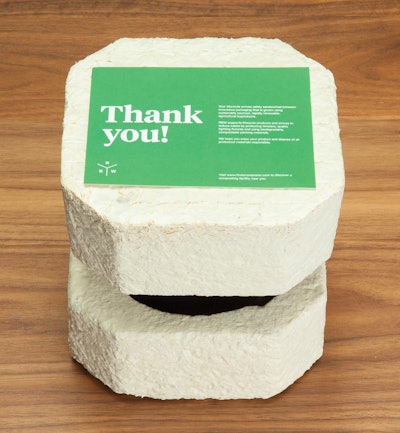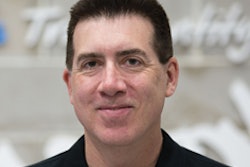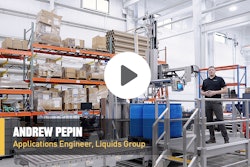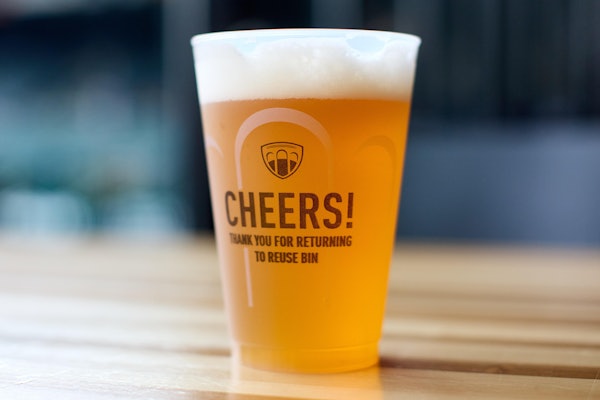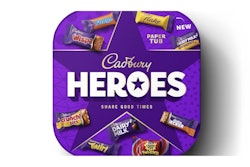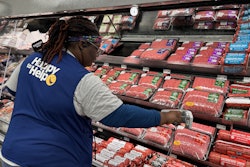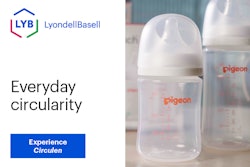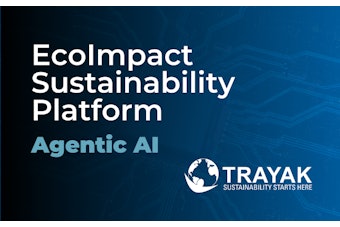The recent growth in popularity of light-emitting diode (LED) bulbs as a longer-lasting, more electrically efficient alternative to incandescent and fluorescent lamps has led to new global opportunities for lighting manufacturers. In fact, according to estimates from Lux Research, the market value for LED lighting is expected to reach $25 billion by 2023. With this rapid growth, finding new avenues to package and deliver light fixtures has become a greater challenge.
For Rich Brilliant Willing (RBW), a designer and manufacturer of LED-based lighting solutions for architectural interiors based in New York City, a significant rise in production volume in 2013 prompted the company to identify improvement opportunities across its operations. As a company that prides itself on both customer experience and material simplicity, RBW turned to sustainable materials from Sealed Air to improve packaging process efficiency while also incorporating a package design more reflective of its corporate image.
Enhancing the customer experience
Founded in 2007, RBW provides contemporary statement—“chandeliers with a point-of-view”—and surface-mounted light fixtures to architects and interior designers. This diversified and extensive portfolio has enabled the company to expand its distribution network beyond its home base to customers in the U.K., France, Australia, Canada, and Singapore.
“In every hospitality and workplace environment we serve, our goal is to design and manufacture lighting that aligns technology, simplicity, and creativity to create a sense of atmosphere,” says Charles Brill, co-founder and partner of RBW. “We want to be the company that architects and designers turn to for the best lighting available, and the first step to ensuring our customers achieve this quality is damage-free delivery.”
With global demand increasing, RBW understood the need for durable, stable packaging that would protect its products across longer distribution distances. While the company had experimented with different protective packaging formats, it most frequently relied on a process of manually surrounding fixtures with crumpled paper materials. The company saw an opportunity to modernize its packaging solutions to protect products while also building deeper customer connections.
“When a customer orders a high-end product, the manufacturer places a great deal of value on presentation and making sure the product looks good in its package,” says Theo Richardson, co-founder and partner of RBW. “We aim to replicate this delivery with our lighting products, and needed a package that would not only perform, but also signify the care and consideration we put into every step of the process to better serve our customers.”
In late 2013, the company began researching potential packaging materials and partners to meet its needs. After evaluating several moldable paper, pulp, and foam options, the RBW team was still seeking an alternative that would deliver a “wow factor” for its customers. It was then that co-founder and partner Alex Williams found another option.
“I remembered reading an article about Sealed Air’s Restore® packaging as a more sustainable, biodegradable protective packaging source, and recommended the team give it a look,” he recalls.
By December 2013, the RBW team had engaged Sealed Air in conversations surrounding the design of a custom packaging application using the company’s Restore packaging.
Balancing product protection/eco-friendliness
A fully biodegradable packaging material, Restore uses mycelium, or the root-like structure of mushrooms, to bind agricultural waste together in a mold custom-designed by Sealed Air to form a protective cushion. Because Restore is an all-natural alternative, both manufacturers and end users can dispose of the packaging in an environmentally friendly fashion.
“As designers, it’s always a challenge to find the right balance between getting products safely to their destination and conserving resources,” says Richardson. “The simplistic nature of Restore packaging was a perfect complement to our energy-efficient lighting offerings, and we knew we wanted to be among the first companies to tell this story and offer such an innovative package.”
For the first application of Restore at RBW, it was determined that the company’s aluminum and glass monocle wall sconces offered the ideal combination of size, shape, and manufacturing volume for the new packaging, so RBW sent a product sample to Sealed Air to begin growing the custom top and bottom parts. In early 2014, Sealed Air presented RBW with molded parts, and the company conducted what would be its only test shipment.
“We packaged a monocle sconce in the Restore packaging mold at our Brooklyn facility, shipped it to my brother in San Francisco, and asked him to repackage and return it,” says Brill. “Once we received the light in perfect condition, we became even more excited to deliver this package to our customers.”
The team next worked to finalize a partial production of Restore cushions, which would slowly be introduced across the company’s global network. While the RBW team was eager to begin the transition, it wanted to gauge initial feedback and monitor performance surrounding the package before ordering and storing excess materials at its facilities. Sealed Air immediately began growing the monocle wall sconce molds, and the new package was ready for unveiling in spring 2014.
Growing support and familiarity
Remaining committed to delivering an exceptional customer experience through packaging, RBW took a proactive approach to inform its network about the packaging changeover and its sustainable benefits.
Ahead of the first distribution, the company announced the material change and introduced the Restore packaging solution through its website and customer newsletter. Additionally, the company worked with Sealed Air to produce an information card featuring messaging around the package’s formation, protective capabilities, and compostability that would be included in each shipment.
The box surrounding each shipment also offered an opportunity for RBW to implement its own personal touch while conserving resources. The company opted for a custom-printed box featuring a silk screen that would not only enable more direct representation of its brand, but would also reduce the expenses incurred by its previous adhesive label printing and application system.
A successful first step
With all of the new components finalized, RBW began distributing its new package. Already, the company has found matching its contemporary lighting products with a contemporary package to be a brilliant move.
“Instead of unrolling and folding paper, our employees now simply have to place the product in the bottom cushion, top it, and close the box, which has significantly reduced our labor times,” says Richardson. “Our customers have also been incredibly receptive to not only the sustainable package format, but also the faster speed and ease of use that now accompanies each shipment.”
Based on the initial successes with Restore, Richardson and his partners are evaluating expanding the use of the new packaging format beyond monocle wall sconces. RBW has also held preliminary conversations with Sealed Air around potential applications for the company’s foam-in-bag packaging materials.
